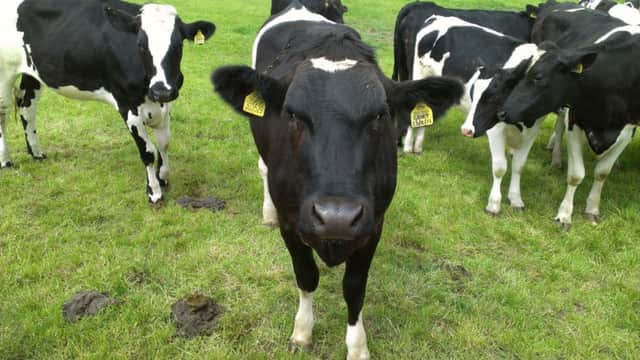Farming Matters: End of the European milk quotas


Milk quotas were introduced in 1984 to address the structural oversupply on the EU market of the late 1970s and early 1980s that led to the infamous milk lakes and butter mountains.
Mr Harrison says it’s difficult to predict what will happen once quotas are abolished.
Advertisement
Hide AdAdvertisement
Hide AdHe said: “Farmers and dairy processors here do have some concerns about how other EU countries will react to the ending of quotas.Some are rapidly increasing their output without an end market for these goods.
“With milk prices yet to show any strong signs of recovery, this could push farmgate milk prices down further in the EU, and stall any recovery in the dairy markets. It’s vital that expansion in any member state is planned in accordance with available market opportunities.”
He said the UK had been under quota for the past 15 years and it’s been volatile prices rather than quotas that have affected milk production.
He said: “Environmental factors will play a greater role across the EU in the future especially with plans for ammonia and methane reduction targets on the horizon. Weather and animal health issues, specifically bovine TB are also major factors affecting the UK dairy industry.”
Advertisement
Hide AdAdvertisement
Hide AdHe said a number of tough challenges lie ahead especially with prices but the long-term outlook is good, with growing demand and production opportunities. And he thanked the British public for supporting the British dairy industry.